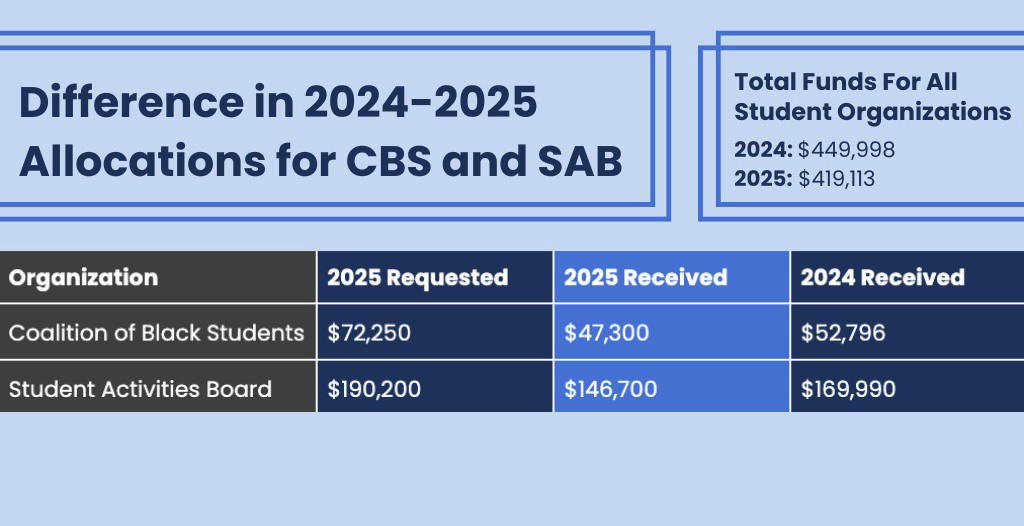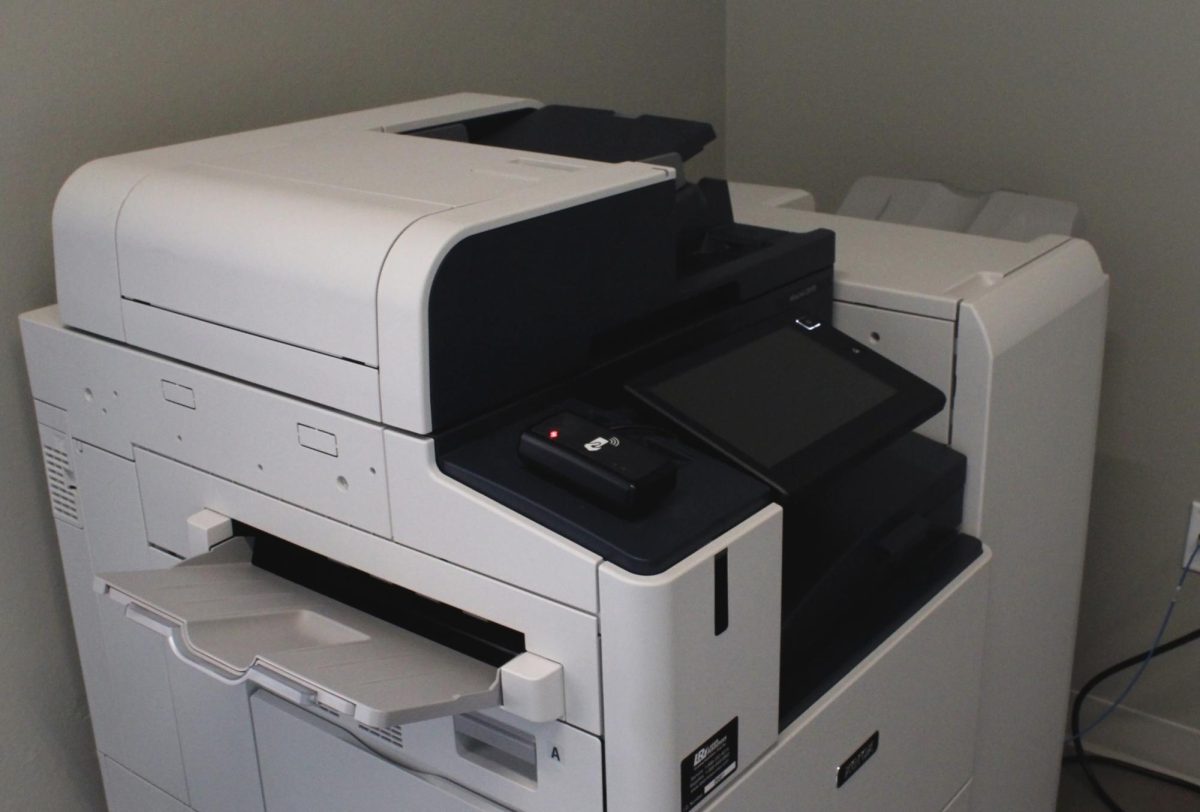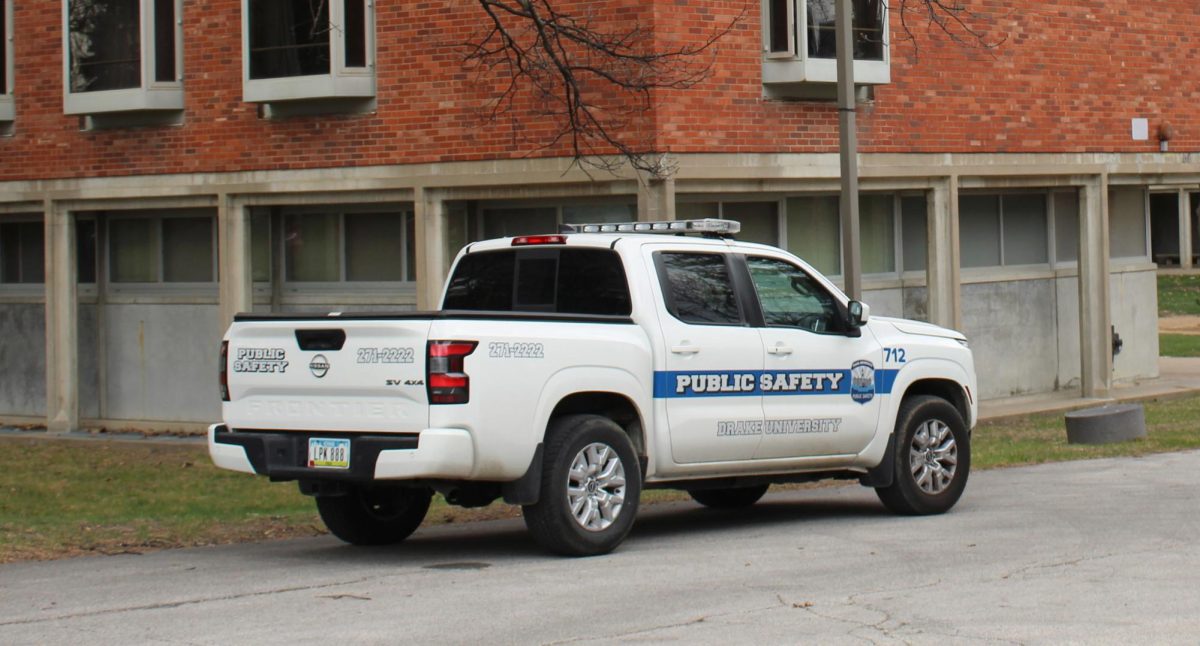Story by Emily Sadecki
Photo by Luke Nankivell
 Natural photographer James Balog captured the attention of the Knapp Center at Drake University Wednesday night as he addressed misconceptions revolving around global climate change.
Natural photographer James Balog captured the attention of the Knapp Center at Drake University Wednesday night as he addressed misconceptions revolving around global climate change.
Balog spoke as part of the Bucksbaum Lecture Series established in 1966 by Martin and Melva Bucksbaum and is continued in their memory. Martin Bucksbaum was the chairman and CEO of Central Growth Corporation, a member of Drake’s governing board and a leader in the Des Moines community. At the beginning of the presentation, Drake University President David Maxwell announced that the university is proud to host American astrophysicist Neil DeGrasse Tyson on Oct. 29, 2013, for the next installment of the Bucksbaum Lecture Series.
“The Bucksbaum Lectures are such a privilege to Drake’s campus,” first-year Jenna Sheldon said. “Many influential people speak at these lectures and make the Des Moines and Drake community that much richer. It is important that these lectures come to Iowa to keep worldly and informed.”
Throughout his career, Balog has found himself at the crossroads of art, with his photography, and science, as he studies glacial patterns. According to the “Extreme Ice Survey” website, “28 cameras are deployed at 13 glaciers in Greenland, Iceland, the Nepalese Himalaya, Alaska and the Rocky Mountains of the U.S. These cameras record changes in the glaciers every half-hour, year-round during daylight, yielding approximately 8,000 frames per camera per year.”
“Art and science are about bringing the left brain and the right brain together,” Balog said. “I never understood the power of photography until I started this project.”
“As an art major, it’s always refreshing to see an artistic perspective on such a global issue,” first-year Susanna Hayward said.
He described how the glaciers act as a “bermometer,” which he explains as a combination between a barometer and a thermometer. “It is exquisitely sensitive, it is almost alive,” Balog said. His images preserve a visual legacy of the glaciers that are ceasing to exist and will be useful in years to come in revealing the impacts of climate change and human activities.
“Nature isn’t natural anymore,” he said, making his point with a variety of graphs showing the unnatural peaks of carbon dioxide and the effect that those chemicals have on the atmosphere.
Balog hopes that through his work, he can shed light on the misconception that humans cannot change earth, because the evidence points strongly in the other direction. He argues that it affects all humans because we all breathe air, eat, drink water and pay taxes, so we should all be doing our part.
Balog quoted Sir Edmund Hillary saying, “You don’t have to be a fantastic hero to do certain things, to compete. You can be just an ordinary chap sufficiently motivated to reach challenging goals.”






